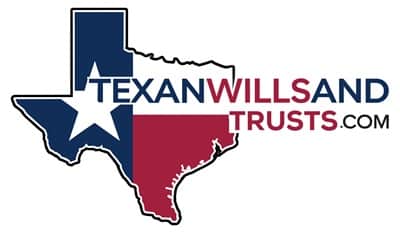Wills and Trusts
How to Handle Asset Changes in a Revocable Trust
Your revocable trust doesn’t need to change every time you add or remove assets. However, there are a few exceptions and important details to understand to ensure your estate plan remains effective.
Assets are Tied to the Revocable Trust on the Asset Side, not on the Trust Side
When you add an asset to a revocable trust, you’re funding that asset into the trust on the asset side, not the trust side. This means the trust document itself doesn’t need to change. Instead, the paperwork related to the asset—like a bank account’s title or beneficiary designation—points to the trust as the owner or beneficiary.
For example, if you switch banks and open a new account, you don’t need to update the trust. You simply ensure the new account is properly titled in the name of the trust, or you designate the trust as the account’s beneficiary. The trust remains unchanged, as it already serves as the overarching framework for managing and distributing your assets.
Who Owns Revocable Trust Assets?
It’s important to understand a technical distinction about ownership:
- Trust assets are legally owned by the trustee of the trust, not the trust itself.
- In trusts created through Texan Wills and Trusts, the creator of the trust (known as the grantor) serves as the trustee during their lifetime, as long as they are not incapacitated.
This setup gives you complete control over the trust’s assets during your lifetime while providing a seamless transition of management to a successor trustee if you become incapacitated or when you pass away.
Exceptions to the No-Update Rule
While you don’t need to update your trust document every time you add or remove assets, certain scenarios may require an update:
- Significant Changes in Asset Value
- If the overall value of your trust’s assets increases or decreases significantly, it could affect your asset distribution plan. For example, if you’ve allocated percentages to beneficiaries, major changes in value might alter the amounts they ultimately receive.
- Estate Tax Concerns
- The federal estate tax exclusion for 2024 is $13.61 million. If the value of your estate exceeds this amount, you may need to update your trust to include estate tax planning strategies.
What Does It Mean to Fund Assets Into a Revocable Trust?
Funding assets into a revocable trust means formally transferring ownership of the assets to the trust. Properly funding your trust ensures that assets avoid probate and are managed according to the trust’s terms.
Here’s how common assets are funded:
- Bank Accounts: Update the account ownership to the trustee of the trust, or designate the trust as the beneficiary.
- Real Estate: File a deed transferring ownership to the trustee of the trust.
- Investment Accounts: Notify your financial institution to re-title the accounts in the trustee’s name or name the trust as beneficiary.
By properly funding your trust, you ensure that its terms govern these assets without needing to revise the trust itself. For more detailed information about funding your trust, see our article including a visual chart.
Regular Reviews Keep Your Revocable Trust Current
Although frequent updates to the trust document itself aren’t necessary, it’s a good idea to periodically review your estate plan to ensure it aligns with your current circumstances and goals. Key times to review your trust include:
- Significant changes in financial circumstances.
- Marriage, divorce, or the birth of children or grandchildren.
- Death of a beneficiary or a trustee.
Conclusion
You don’t need to update your revocable trust every time you add or remove assets because the trust document governs the management of assets once they’re properly funded. Exceptions to this rule arise in cases of significant changes in value or estate tax concerns. Regular reviews and proper funding are essential to keep your trust effective and aligned with your intentions.
Disclaimer:
The information provided in this article may include legal or tax information, but it does not constitute legal or tax advice and should not be construed as such.
